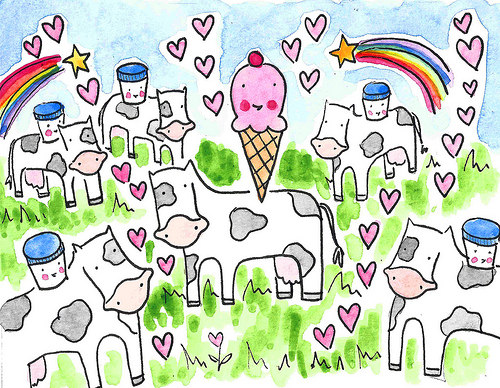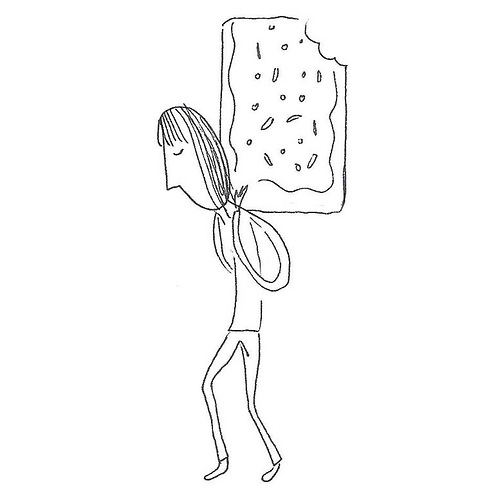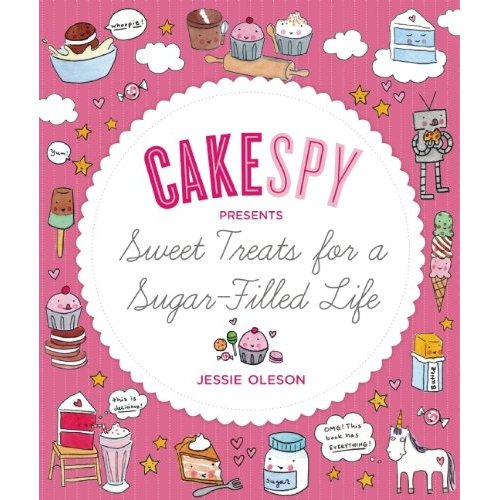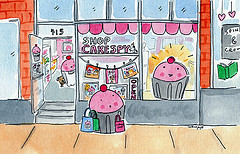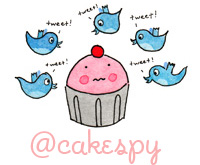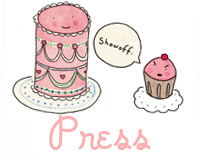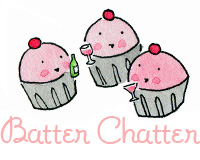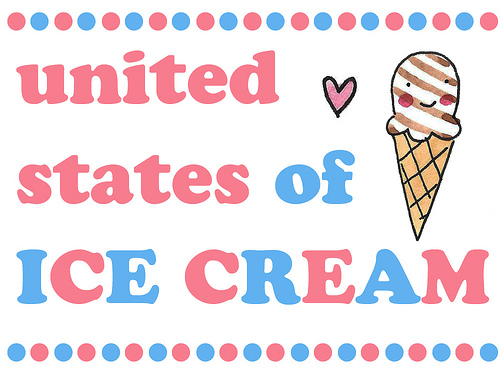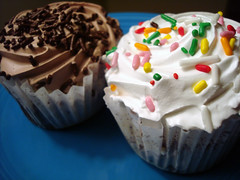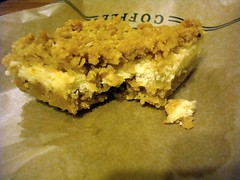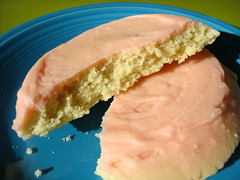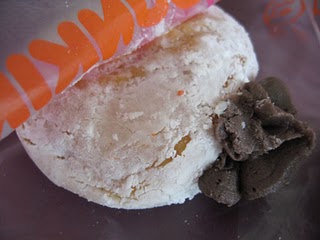The Ten Commandments of Guilty Pleasure Desserts
 Tuesday, July 29, 2014
Tuesday, July 29, 2014  Hear thee, hear thee!
Hear thee, hear thee!
I have alarming news about the world: it is overrun with locally produced, artisan desserts. It's a frightening time to be alive, when where bearing a Twinkie or Snowball in your hand is viewed almost as disdainfully as smoking a cigarette in front of an elementary school.
Why is it so terrible to take deep pleasure in sub-standard, commerically produced desserts? After all, life is short, and we have the right to derive pleasure both from high quality, lovingly baked desserts, as well as the ones that don't have any benefit but our gratification.
What follows is not just a series of commandments about guilty pleasure desserts, but an ode to their very essence! Follow these commandments for a life filled with guilty yet pleasurable sugary bliss.
Thou shalt not be local

A guilty pleasure shouldn't be a locally made food, unless you happen to live down the block from the Pop-Tart factory (in which case, I've been meaning to ask, can I move in with you?)
Thou shalt not be organic

If it has the word "organic" on it, be immediately suspicious of its guilty pleasure capacity. I've never in my life seen a package of Goetze's bullseye caramels labeled "organic"...have you?
Thou shalt not bear the word "artisan"
"Artisan" is a sure fire sign of quality that is not in the sphere of guilty pleasuredom. It is not a common attribute of a guilty pleaure dessert.
Thou shalt be pre-packaged
If a dessert item is in plastic packaging, this is a very good sign. I am not talking about plastic wrap here, but the kind of plastic cello packaging that is sealed by machines. All the better if units are individually packaged and then put in a common box, such as Little Debbie brownies.
Thou shalt possess a list of ingredients totaling one mile long

If you are in doubt about whether or not a food can be considered a guilty pleasure, take a look at the ingredient list. If it is short and you can pronounce every single word on it, immediately put it back on the shelf and keep looking. Your guilty pleasure item should contain an impressive list of ingredients, most of which you do not recognize and/or cannot pronounce.
Thou shalt not be classified as health food, ever

If anything about a dessert item smacks of health food, give it a wide berth. I'll be the first to admit that there are exceptions: Little Debbie's oatmeal creme pies might sound fairly virtuous, and I suppose the orange content in creamsicles could lull you into a sense of health security.
Thou shalt not possess colors readily found in nature
We eat with our eyes first, so guilty pleasure desserts benefit from a healthy dose of color. But watch out: if the color looks suspiciously like one found in nature, it might not actually be a guilty pleasure. If it has a palette which vaguely resembles the colors of a Lisa Frank trapper keeper, you're in business.
Thou shalt not cost an arm and a leg
Have you ever anyone saying "these $4.25 a pop cupcakes made with all local organic ingredients are my guilty pleasure"? No. Twinkies are a guilty pleasure, and if you shop right, you can get two whole boxes for that price.
Thou shalt not possess nutritional benefits

What kind of nutritional benefits should a guilty pleasure dessert have? It should have zero. I firmly believe that the primary benefit of a guilty pleasure dessert is on a mental level and you shouldn't sully it with physical benefits. Or, put it this way: nobody in the history of ever has eaten Snowballs because coconut is high in manganese.
Thou shalt feel right at home in a child's school lunchbox

Here's a good test for whether a dessert classifies as a guilty pleasure or not. Would a six year old kid be psyched to find it in their lunch box? If so, you may have a guilty pleasure dessert on your hands.
What is your governing law of what constitutes a guilty pleasure? Leave a comment!
 cakespy mischief,
cakespy mischief,  guilty pleasures
guilty pleasures 








